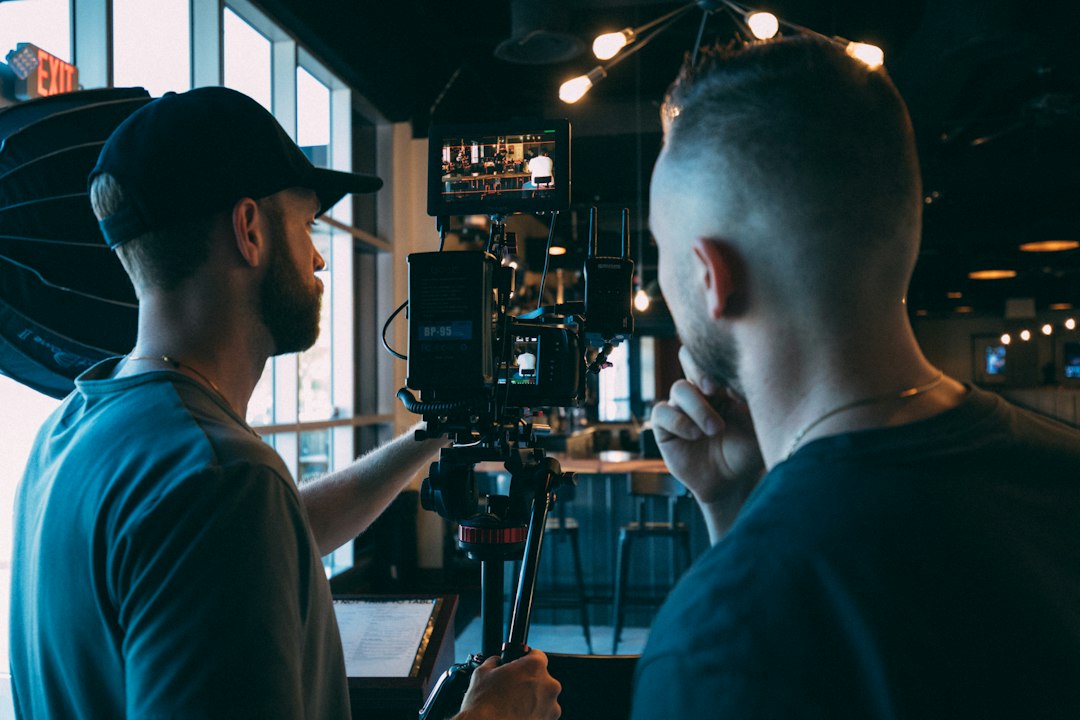The Impact of Color Psychology in Production Design
When we watch a movie or a television show, we often immerse ourselves in the world created by the characters, storyline, and visual aesthetics. One crucial aspect of the visual experience in film and television is production design, which includes the art direction, set design, and overall aesthetic choices. And one powerful tool in production design that significantly impacts our emotions and perceptions is color.
Color psychology is the study of how colors affect human emotions and behavior. Certain colors are known to evoke specific responses and emotions, making them a crucial aspect of production design. From setting the mood and tone of a scene to highlighting character traits and influencing audience perception, color psychology plays a significant role in creating the visual impact of a film or television show.
One of the fundamental ways color psychology affects production design is by setting the overall mood and tone of a scene or setting. Warm colors like reds, oranges, and yellows are associated with energy, passion, and warmth. These colors can evoke feelings of excitement and stimulation, making them suitable for intense and lively settings. On the other hand, cool colors like blues and greens are associated with tranquility, serenity, and calmness. These colors can create a more relaxed and peaceful atmosphere, ideal for scenes that require a sense of tranquility or contemplation. By carefully selecting colors that align with the desired mood, production designers can evoke specific emotions and enhance the overall viewing experience.
In addition to setting the mood and tone, color psychology is also used strategically to convey information about the characters and their traits. By assigning specific colors to characters or using colors in their costumes or surroundings, production designers can subtly communicate information about their personalities or story arcs. For example, a character dressed in red might be seen as passionate, assertive, or even aggressive, while a character clad in cool blue might appear calm, reserved, or trustworthy. These color associations can play a significant role in shaping audience perception of the characters, enhancing the storytelling.
Color psychology is also pivotal in manipulating audience perception and guiding their attention. By using contrasting colors, production designers can draw the audience’s attention to specific elements or characters on the screen. For instance, placing a character wearing a vibrant red costume against a background predominantly filled with muted colors can create a visual contrast, making the character stand out and demanding the audience’s attention. Similarly, colors can be used to emphasize the importance of certain objects or locations, subtly guiding the viewer’s focus.
Moreover, color psychology is also essential in creating a cohesive visual narrative throughout an entire film or television show. By establishing a consistent color palette, production designers can tie various scenes and settings together, creating a harmonious and seamless visual experience. These deliberate choices help in reinforcing themes, motifs, and narrative elements, enhancing the overall cohesion and conveyance of the story.
In conclusion, color psychology in production design is a powerful tool that significantly impacts the audience’s emotions, perceptions, and overall viewing experience. From setting the mood and tone to conveying information about characters and guiding viewer attention, color choices play a vital role in creating a visually captivating and engaging film or television show. Production designers, therefore, carefully consider color psychology and its impact on the audience’s psychological and emotional responses, as it is an integral part of creating a compelling visual narrative.

